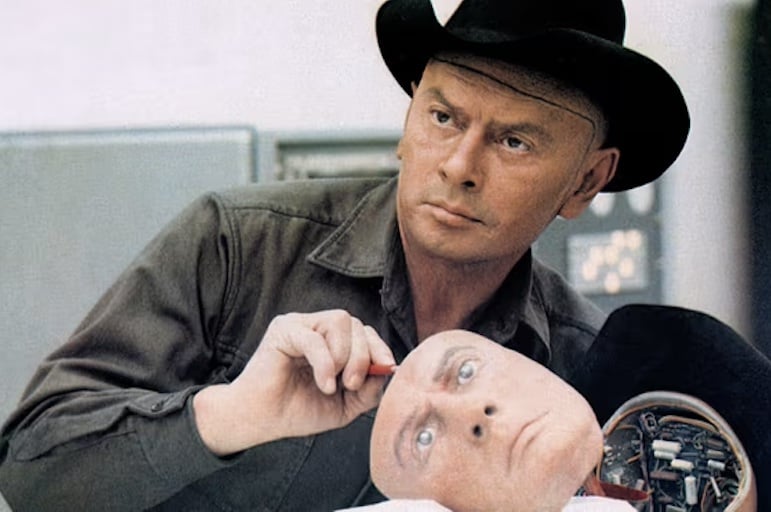One thing artificial intelligence is not good at generating is irony.
That takes something, or someone like a US District Court judge, who last week ruled that a piece of art generated by AI can’t be subject to copyright.
It’s not a new idea, but rather reinforces the status quo around intellectual property when its producer is not human. AI has been hoist on its own petard*.
However, the ruling will no doubt serve as a warning to companies that thinking they could replace creative workers, whose work has already been cannibalised by AI models such as ChatGPT and DALL·E, in order to produce replica ws, with AI. They can own work produced by a human they employ, but not when it’s generated by a machine.
The ruling by District of Columbia Judge Beryl Howell upheld an existing decision by the US Copyright Office, which turned down an application from computer scientist Stephen Thaler for copyright on an artwork called “A Recent Entrance to Paradise, which he generated autonomously using a computer system he designed and dubbed the “Creativity Machine”. The Hollywood Reporter first covered the ruling – the issue of AI is front of mind for more than 11,000 writers and creative people currently on strike for a better deal when it comes to pay and conditions with studios in a deal that has brought US film and TV production to a halt,
Thaler wanted copyright transferred from the AI to himself, but Howell concluded that since machine-generated works can’t be copyrighted, they were was nothing to transfer.
In March the US Copyright Office issued a policy guidance on works generated by AI saying “it is well-established that copyright can protect only material that is the product of human creativity” adding that, the term “author,” used in both the Constitution and the Copyright Act, “excludes non-humans”.
The Copyright Office has been grappling with the issue for five years, having received an application for a visual work in 2018 that the applicant described as “autonomously created by a computer algorithm running on a machine.”
It was rejected after the examiner found that the work contained no human authorship, but then went through a series of administrative appeals, before the Office’s Review Board issued a final determination affirming that the work could not be registered because it was made “without any creative contribution from a human actor.”
In February this year, the Copyright Office considered a graphic novel that combined text written by a human with images generated by AI-based Midjourney and concluded that it while it was a copyrightable work, the individual images could not be protected by copyright.
Responding to the District Court decision, the US Copyright Office said it “believes the court reached the correct result”.
Judge Howell ruled that “human authorship is a bedrock requirement of copyright”, and that Thaler failed to cite predence where a court recognised copyright in a work from a non-human, going on to cite the “monkey selfie” case.
In that instance, animal rights advocates tried to claim copyright of a photo taken by a macaque using a camera British photographer David Slater left unattended at a nature reserve in Indonesia.
Slater himself tried to claim copyright, having published the images in his own book, because the photos appeared on Wikipedia, among other places. Both claims failed.
Dr Stephen Thaler is a boundary rider in the AI space and ironically, a bit fan of copyright and intellectual property – something artists and writers argue is being plundered when it comes to their own works by the current generation of AI. He’s been challenging where the line in the sand on copyright and IP for some time through the courts, with Reuters detailing how he wants rights for his own inventions.
He’s even sought, unsuccessfully, for patents in Australia, along with the UK, Europe and other international jurisdictions, and last year tried and failed to have his artificial intelligence program recognised as an “inventor” on the patents.
* Editor’s note: “Hoist on his own petard” is a phrase created by the OG of actual intelligence in the English language, William Shakespeare. His copyright has long since expired.




















Trending
Daily startup news and insights, delivered to your inbox.